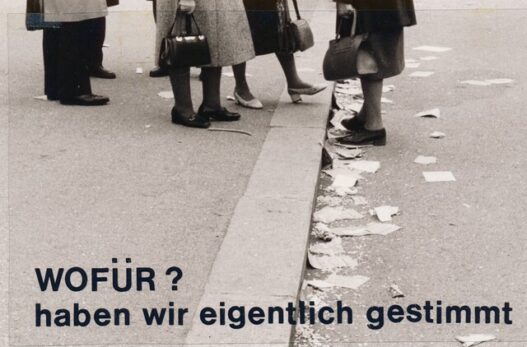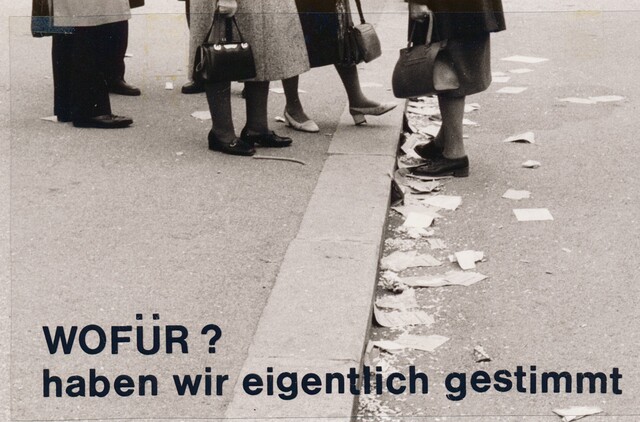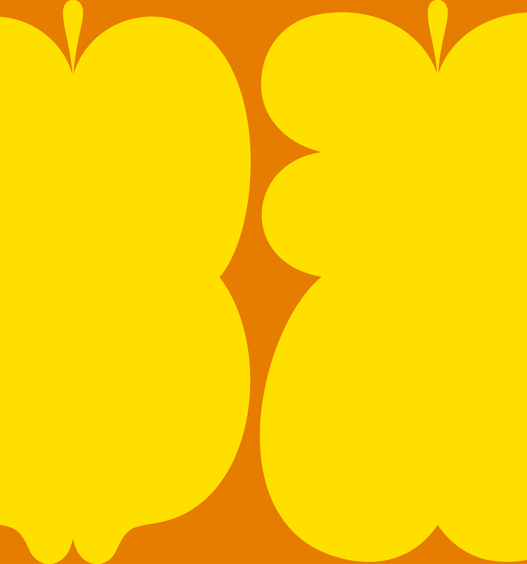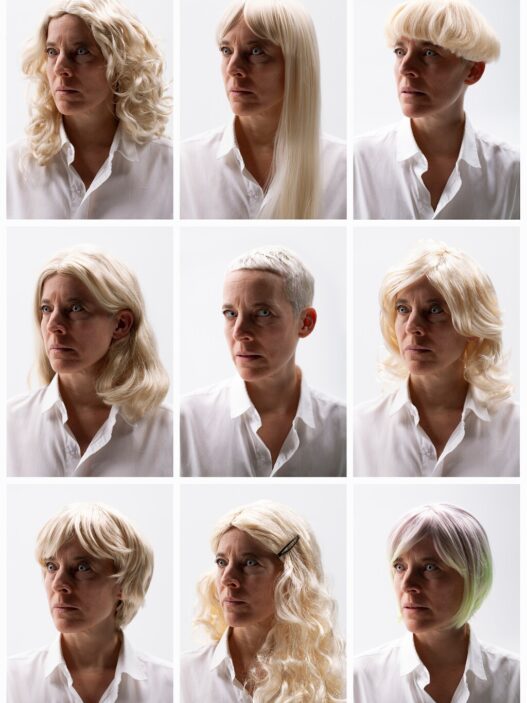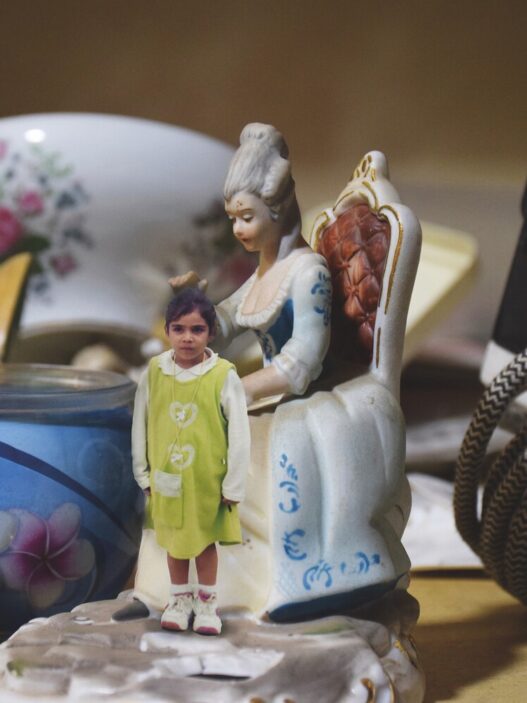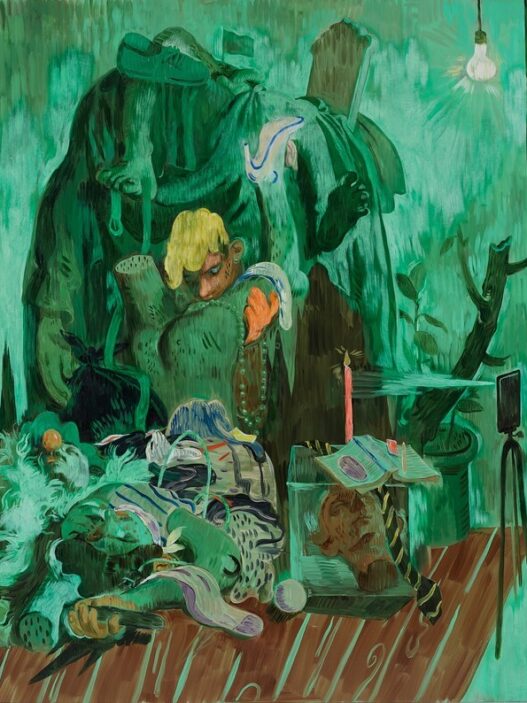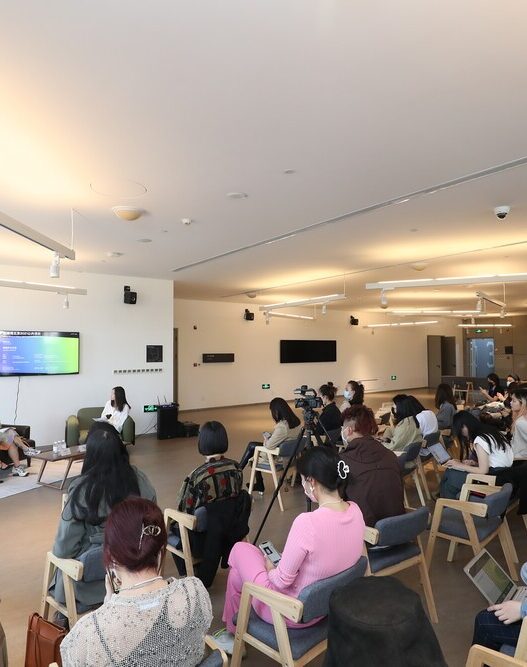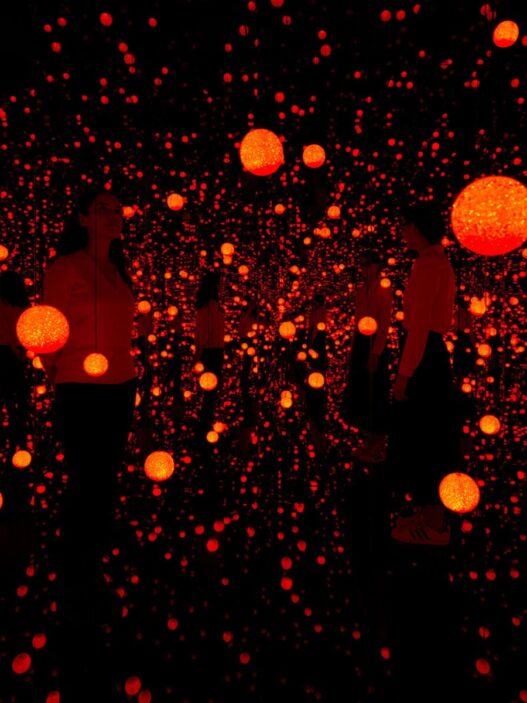June 23–September 25, 2022
Preview: June 22, 12–9pm, film screenings until 6pm, concert (Karlheinz Essl) at 6:30pm, and a performance (Christa Biedermann)
In the German-speaking world, the Künstlerhaus was one of the first artist-run institutions. Since its founding in 1861, the “Genossenschaft der bildenden Künstler im Künstlerhaus,” which later became the “Gesellschaft der bildenden Künstler im Künstlerhaus,” has continued to operate as a genre-inclusive organization. The exhibition 1503., directed by Georg Schöllhammer and Fanny Hauser and co-researched and developed by Johannes Porsch, juxtaposes the present with the association’s complex past, paradigmatically commenting on Austria’s visual arts’ awakenings, conflicts, and antagonistic currents.
In doing so, the exhibition also questions the dichotomy—now taken for granted—between the “avant-garde” Secessionists who left the association in an 1897 éclat and the more inclusive Künstlerhaus, which is often portrayed as being conservative, both in the past and the present. This exploration reconstructs and re-contextualizes the complex web of parallel aesthetic practices, artistic–political fields of action and discussions, and the social inclusion and exclusion which arise from the exemplary artworks, motifs, and debates that define the Künstlerhaus.
The show also raises issues about the widely-accepted divide between the “avant-garde” Secessionists who left the organization in an 1897 éclat and the more inclusive Künstlerhaus, which is frequently depicted as conservative, both in the past and currently. This investigation reconstructs and re-contextualizes the intricate network of parallel aesthetic practices, artistic–political areas of action and debate, and social inclusion and exclusion that emerge from the Künstlerhaus’ representative artworks, motifs, and debates.
In Vienna, “Künstlerhaus” refers not only to the artist’s association, but also to the August Weber-designed structure on the Ringstraße, as well as the building’s construction, renovation, and exhibition history. In 1503 we looked at another layer of presentation. Fashions and popular tastes of the time are intertwined throughout its history, as are aesthetics that have left their impact, despite the fact that the latter, in particular, frequently opposed the association’s artistic and social objectives.
The exhibition intermingles historical conglomerates with recent debates in contemporary art, making it possible to connect the two. It is organized in dialogical constellations of current and past positions in painting, graphic design, sculpture, photography, film, scenography, and architecture, and is accompanied by selected archival examples illustrating the Künstlerhaus’ institutional and exhibition history.
Prior to the show, extensive archive research was conducted on both well-known artists and those who were suppressed, ignored, or unfairly underrepresented, as well as the history of women in the association. The variations in perspective and frequently unexpected lines of reference that result from the complexity and diversity of the members’ artistic attitudes and working methods, as well as their aesthetic, political, and social perspectives, form the subtext of this exhibition.
This research and exhibition are documented in a book with the same title. All active members of the artists’ association were invited to contribute a piece of work for the dust jacket design, which varies from book to book. In this sense, the book becomes an exhibition space in and of itself, representing the wide range of aesthetic approaches represented in today’s Künstlerhaus.
Karlsplatz 5
1010 Vienna
Austria
Hours: Monday–Sunday 10am–6pm
T +43 1 5879663
F +43 1 587966399
office@kuenstlerhaus.at









